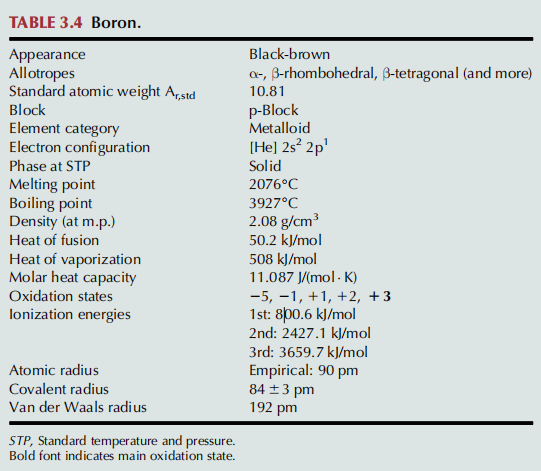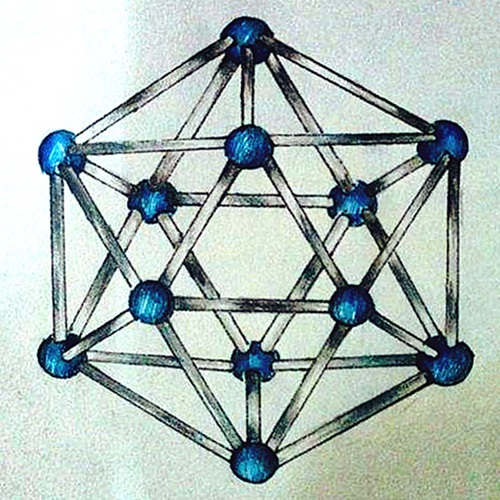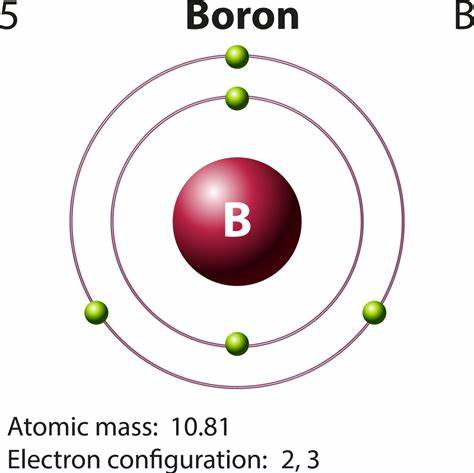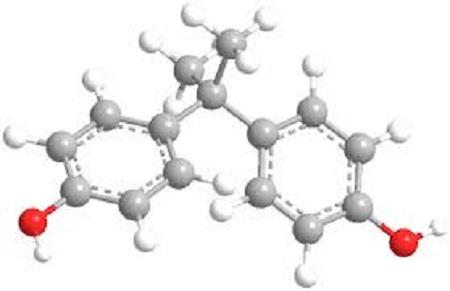Boron:Uses,Resource
Although boron-containing compounds have been known for thousands of years, the element in its pure form was not isolated until 1808 by Sir Humphry Davy, Joseph-Louis Gay-Lussac, and Louis-Jacques Thénard, using a reaction between boric acid and potassium. Boron was not considered to be an essential nutrient for human beings prior to 1980. In 1981, a study reported that boron stimulated bone growth in vitamin D–deficient chicks, which helped prevent bone abnormalities. Boron is now regarded as an essential trace mineral that affects the absorption, metabolism, and excretion of calcium, copper, magnesium, nitrogen, glucose, triglyceride, reactive oxygen species, and estrogen in the body.
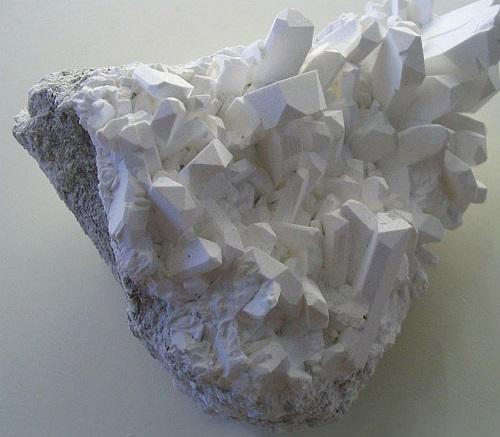
Uses
Boron is used to harden metals and as an oxygen scavenger for copper and other metals. It is used as a reinforcing material for composites. Boron filaments are used for lightweight but highstrength building materials for aerospace structures, golf clubs, and fishing rods. Amorphous boron can produce a green flare, and is therefore useful in pyrotechnic flares.
Boron is also used in the production of borosilicate glass, which is highly resistant to thermal shock. An alloy of boron, iron, and neodymium is used to create a permanent magnet, known as the neodymium magnet. These magnets are used in magnetic resonance imaging machines, cell phones, and CD and DVD players. Boron is also employed as a catalyst in olefin polymerization and alcohol dehydration. Some boron compounds are used in the production of insulating fiberglass, bleach, adhesives, bulletproof vests, and tank armor. The principal consumption pattern in the United States for boron is for the production of glass products with minor usage in the production of soaps and detergents.
Resource
Boron is ubiquitous in the earth’s crust, and is found in most soil types in the range 2–100 ppm, and the average concentration of soil boron is estimated to be 10–20 ppm. The primary source of boron is the mineral rasorite, also called kernite. While large areas of the world are boron deficient, high concentrations are found in parts of western United States, and throughout China, Brazil, and Russia. The world’s richest deposits of boron are located in a geographic region that stretches from the Mediterranean countries inland to Kazakhstan.
You may like
Related articles And Qustion
Lastest Price from Boron manufacturers

US $10.00-7.00/kg2025-02-13
- CAS:
- 7440-42-8
- Min. Order:
- 1kg
- Purity:
- 99%
- Supply Ability:
- 10 tons
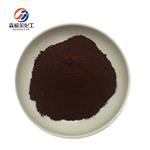
US $0.00-0.00/g2024-09-25
- CAS:
- 7440-42-8
- Min. Order:
- 50g
- Purity:
- 99%
- Supply Ability:
- 60kg

